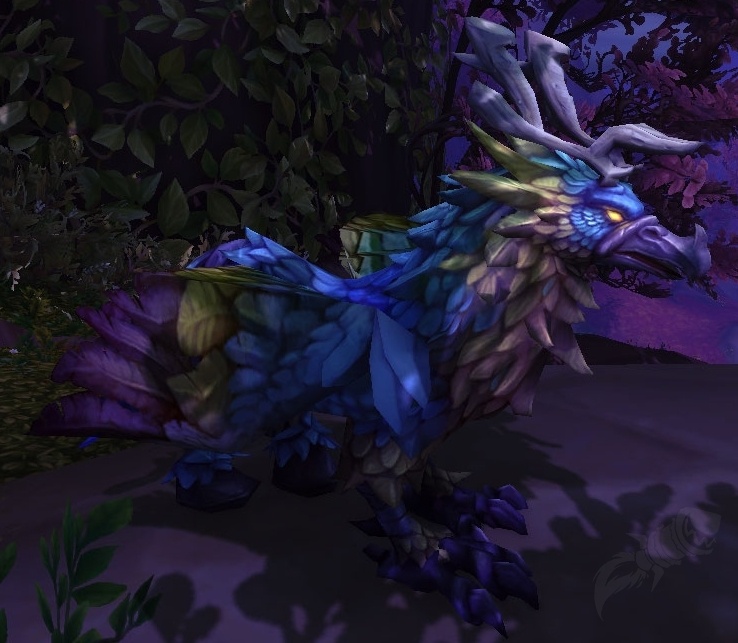

1 Enoch is also quoted in the Biblical Book of Jude, and it has been estimated that there are as many as several hundred more references throughout the New Testament itself. Many of the early Church Fathers, such as Athenagoras, Clement of Alexandria, Irenaeus, and Tertullian accepted the book as scripture, and fragments of 10 copies of 1 Enoch in Aramaic have been found among the Dead Sea Scrolls. 1 Enoch is considered an apocryphal text today, and is rejected by most mainstream theological establishments, but this was not always the case. One of the most heavily referenced ancient texts which describes the Nephilim is the Extra-Biblical Book of 1 Enoch attributed to the patriarch Enoch, son of Jared and father of Methuselah.

The concept of a group of half-divine beings born of mortal women is very similar to the Biblical and extra-Biblical tradition of the Nephilim. This is similar to Biblical tradition, where mortals were created out of the dust of the earth (Genesis 2:7). (Osama Shukir Muhammed Amin/ CC BY-SA 3.0 ) From Dust to Dustįurthermore, “Ki” is the Sumerian sign for “earth”, and Anu’s consort is sometimes considered the personification of the earth itself. 2130 BC, depicting four ancient Mesopotamian gods, wearing characteristic horned crowns. She later developed into the Babylonian and Akkadian goddess Antu, consort of the god Anu (from Sumerian An).”Įssentially, this would mean that the Anunnaki were born of a union between a sky god and a mortal female, who was later deified in mythic traditions.įour copper-alloy statuettes dating to c. Samuel Noah Kramer identifies Ki with the Sumerian mother goddess Ninhursag and claims that they were originally the same figure. “Some authorities question whether Ki was regarded as a deity since there is no evidence of a cult and the name appears only in a limited number of Sumerian creation texts. Apparently, Anu’s sister Ki was not originally considered a deity and was only ascribed the status of a goddess much later in the history of the myth cycle.Īkkadian cylinder seal dating to circa 2300 BC depicting the deities Inanna, Utu, and Enki, three members of the Anunnaki. Significantly, some scholars have come to realize that the Anunnaki should more appropriately be considered demi-gods or semi-divine beings. The Anunnaki are “the Sumerian deities of the old primordial time ” a pantheon of gods who were the children of the sky god Anu and his sister, Ki. To begin with, Anunnaki translates to “princely blood” or “seed of Anu”, not “those who came down” or “those who came from heaven to earth”, as many modern sources have claimed. Ancient Angels: Heavenly Messengers or Myths? The Origins of Cherubim – Part I.Ancient Mesopotamia and the Rise of Civilization.


Today these Anunnaki are often portrayed as the equivalent of the Old Testament creator God.Īnunnaki created mankind? ( Public Domain )īut what does the cuneiform corpus actually say about the Anunnaki and other mythic beings? How does the version of these beings and their activities presented in Ancient Astronaut media compare with how they were truly represented in the ancient world?
ANCIENT CLOUDWING AS A MOUNT SERIES
Known as Ancient Astronaut Theory, this field is largely reliant upon the translations of cuneiform tablets supposedly made by Zecharia Sitchin, whose series of Earth Chronicles books form the foundation upon which the modern church of the alien gods has been built.Ĭentral to Sitchin’s narrative is a group of mythic beings known as the Anunnaki, whom he claimed crossed their own DNA with that of Homo erectus in order to create mankind-for the purpose of using humans as slaves to mine gold and other minerals. Fueling this ever-growing trend are the writings of a number of researchers who propose connections between several Sumerian myth cycles and the theory that the human race was engineered or created by a group of extraterrestrial beings. The modern era has witnessed an incredible surge in the popularity of all forms of media concerning the mythology of the ancient Mesopotamians.


 0 kommentar(er)
0 kommentar(er)
